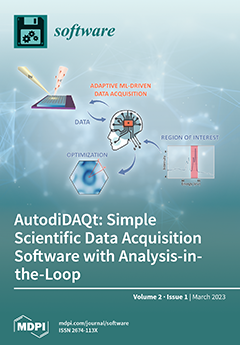Compliance in business processes has become a fundamental requirement given the constant rise in regulatory requirements and competitive pressures that have emerged in recent decades. While in other areas of business process modelling and execution, considerable progress towards automation has been made (e.g.,
[...] Read more.
Compliance in business processes has become a fundamental requirement given the constant rise in regulatory requirements and competitive pressures that have emerged in recent decades. While in other areas of business process modelling and execution, considerable progress towards automation has been made (e.g., process discovery, executable process models), the interpretation and implementation of compliance requirements is still a highly complex task requiring human effort and time. To increase the level of “mechanization” when implementing regulations in business processes, compliance research seeks to formalize compliance requirements. Formal representations of compliance requirements should, then, be leveraged to design correct process models and, ideally, would also serve for the automated detection of violations. To formally specify compliance requirements, however, multiple process perspectives, such as control flow, data, time and resources, have to be considered. This leads to the challenge of representing such complex constraints which affect different process perspectives. To this end, current approaches in business process compliance make use of a varied set of languages. However, every approach has been devised based on different assumptions and motivating scenarios. In addition, these languages and their presentation usually abstract from real-world requirements which often would imply introducing a substantial amount of domain knowledge and interpretation, thus hampering the evaluation of their expressiveness. This is a serious problem, since comparisons of different formal languages based on real-world compliance requirements are lacking, meaning that users of such languages are not able to make informed decisions about which language to choose. To close this gap and to establish a uniform evaluation basis, we introduce a running example for evaluating the expressiveness and complexity of compliance rule languages. For language selection, we conducted a literature review. Next, we briefly introduce and demonstrate the languages’ grammars and vocabularies based on the representation of a number of legal requirements. In doing so, we pay attention to semantic subtleties which we evaluate by adopting a normative classification framework which differentiates between different deontic assignments. Finally, on top of that, we apply Halstead’s well-known metrics for calculating the relevant characteristics of the different languages in our comparison, such as the volume, difficulty and effort for each language. With this, we are finally able to better understand the lexical complexity of the languages in relation to their expressiveness. In sum, we provide a systematic comparison of different compliance rule languages based on real-world compliance requirements which may inform future users and developers of these languages. Finally, we advocate for a more user-aware development of compliance languages which should consider a trade off between expressiveness, complexity and usability.
Full article



